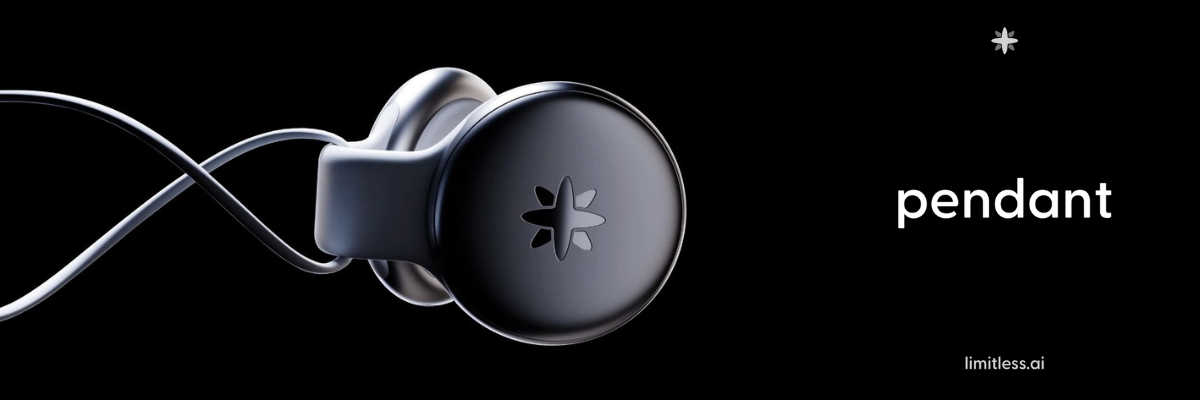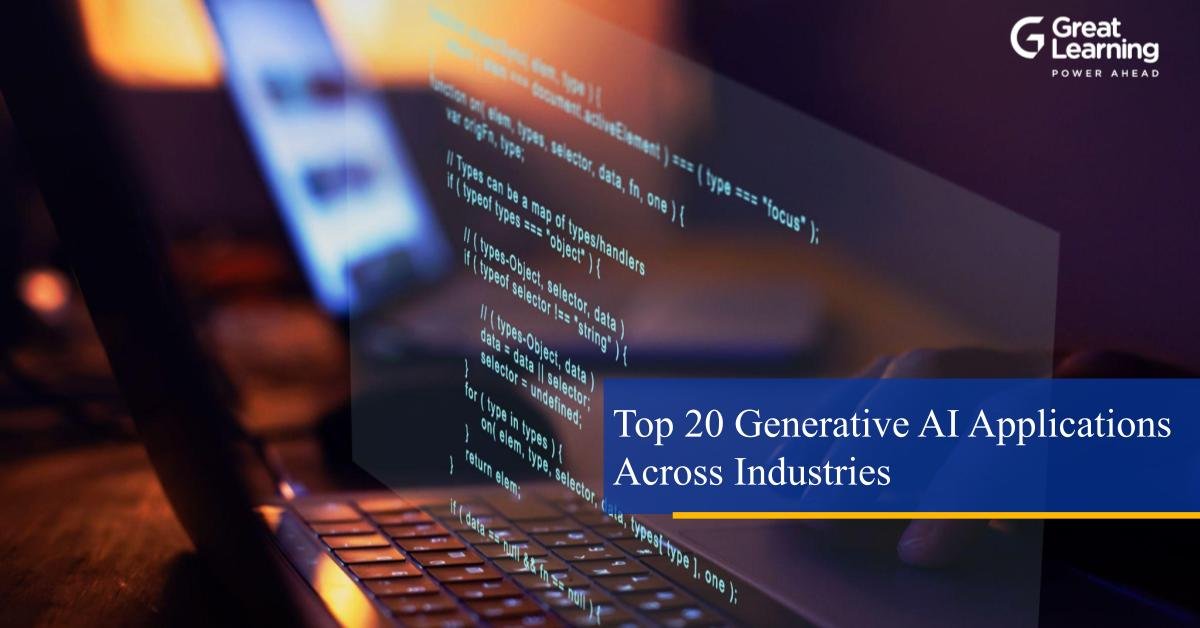What is Fine-Tuning, and How Does it work?

The development of models from initial design for new ML tasks requires extensive time and resource utilization in the current fast-paced machine learning ecosystem. Fortunately, fine-tuning offers a powerful alternative.
The technique enables pre-trained models to become task-specific under reduced data requirements and reduced computational needs and delivers exceptional value to Natural Language Processing (NLP) and vision domains and speech recognition tasks.
But what exactly is fine-tuning in machine learning, and why has it become a go-to strategy for data scientists and ML engineers? Let’s explore.
What Is Fine-Tuning in Machine Learning?
Fine-tuning is the process of taking a model that has already been pre-trained on a large, general dataset and adapting it to perform well on a new, often more specific, dataset or task.


Instead of training a model from scratch, fine-tuning allows you to refine the model’s parameters usually in the later layers while retaining the general knowledge it gained from the initial training phase.
In deep learning, this often involves freezing the early layers of a neural network (which capture general features) and training the later layers (which adapt to task-specific features).
Fine-tuning delivers real value only when backed by strong ML foundations. Build those foundations with our machine learning course, with real projects and expert mentorship.
Why Use Fine-Tuning?
Academic research groups have adopted fine-tuning as their preferred method due to its superior execution and results. Here’s why:
- Efficiency: The technique substantially decreases both the necessity of massive datasets and GPU resources requirement.
- Speed: Shortened training times become possible with this method since previously learned fundamental features reduce the needed training duration.
- Performance: This technique improves accuracy in domain-specific tasks while it performs.
- Accessibility: Accessible ML models allow groups of any size to use complex ML system capabilities.
How Fine-Tuning Works: A Step-by-Step Overview
Diagram:


1. Select a Pre-Trained Model
Choose a model already trained on a broad dataset (e.g., BERT for NLP, ResNet for vision tasks).
2. Prepare the New Dataset
Prepare your target application data which can include sentiment-labeled reviews together with disease-labeled images through proper organization and cleaning steps.
3. Freeze Base Layers
You should maintain early neural network feature extraction through layer freezing.
4. Add or Modify Output Layers
The last layers need adjustment or replacement to generate outputs compatible with your specific task requirement such as class numbers.
5. Train the Model
The new model needs training with a minimal learning rate that protects weight retention to prevent overfitting.
6. Evaluate and Refine
Performance checks should be followed by hyperparameter refinements along with trainable layer adjustments.
Fine-Tuning vs. Transfer Learning: Key Differences


| Feature | Transfer Learning | Fine-Tuning |
| Layers Trained | Typically only final layers | Some or all layers |
| Data Requirement | Low to moderate | Moderate |
| Training Time | Short | Moderate |
| Flexibility | Less flexible | More adaptable |
Applications of Fine-Tuning in Machine Learning
Fine-tuning is currently used for various applications throughout many different fields:


- Natural Language Processing (NLP): Customizing BERT or GPT models for sentiment analysis, chatbots, or summarization.
- Speech Recognition: Tailoring systems to specific accents, languages, or industries.
- Healthcare: Enhancing diagnostic accuracy in radiology and pathology using fine-tuned models.
- Finance: Training fraud detection systems on institution-specific transaction patterns.
Suggested: Free Machine learning Courses
Fine-Tuning Example Using BERT
Let’s walk through a simple example of fine-tuning a BERT model for sentiment classification.
Step 1: Set Up Your Environment
Before you begin, make sure to install and import all necessary libraries such as transformers, torch, and datasets. This ensures a smooth setup for loading models, tokenizing data, and training.
Step 2: Load Pre-Trained Model
from transformers import BertTokenizer, BertForSequenceClassification
tokenizer = BertTokenizer.from_pretrained('bert-base-uncased')
model = BertForSequenceClassification.from_pretrained('bert-base-uncased', num_labels=2)
Step 3: Tokenize Input Text
text = "The product arrived on time and works perfectly!"
label = 1 # Positive sentiment
inputs = tokenizer(text, return_tensors="pt", padding=True, truncation=True)
inputs["labels"] = torch.tensor([label])
Step 4: (Optional) Freeze Base Layers
for param in model.bert.parameters():
param.requires_grad = False
Step 5: Train the Model
from torch.optim import AdamW
optimizer = AdamW(model.parameters(), lr=5e-5)
model.train()
outputs = model(**inputs)
loss = outputs.loss
loss.backward()
optimizer.step()
Step 6: Evaluate the Model
model.eval()
with torch.no_grad():
prediction = model(**inputs).logits
predicted_label = prediction.argmax(dim=1).item()
print("Predicted Label:", predicted_label)
Challenges in Fine-Tuning
Rate limitations are present, although fine-tuning offers several benefits.


- Overfitting: Especially when using small or imbalanced datasets.
- Catastrophic Forgetting: Losing previously learned knowledge if over-trained on new data.
- Resource Usage: Requires GPU/TPU resources, although less than full training.
- Hyperparameter Sensitivity: Needs careful tuning of learning rate, batch size, and layer selection.
Understand the difference between Overfitting and Underfitting in Machine Learning and how it affects a model’s ability to generalize well on unseen data.
Best Practices for Effective Fine-Tuning
To maximize fine-tuning efficiency:
- Use high-quality, domain-specific datasets.
- Initiate training with a low learning rate to prevent vital information loss from occurring.
- Early stopping should be implemented to stop the model from overfitting.
- The selection of frozen and trainable layers should match the similarity of tasks during experimental testing.
Future of Fine-Tuning in ML
With the rise of large language models like GPT-4, Gemini, and Claude, fine-tuning is evolving.
Emerging techniques like Parameter-Efficient Fine-Tuning (PEFT) such as LoRA (Low-Rank Adaptation) are making it easier and cheaper to customize models without retraining them fully.
We’re also seeing fine-tuning expand into multi-modal models, integrating text, images, audio, and video, pushing the boundaries of what’s possible in AI.
Explore the Top 10 Open-Source LLMs and Their Use Cases to discover how these models are shaping the future of AI.
Frequently Asked Questions (FAQ’s)
1. Can fine-tuning be done on mobile or edge devices?
Yes, but it’s limited. While training (fine-tuning) is typically done on powerful machines, some lightweight models or techniques like on-device learning and quantized models can allow limited fine-tuning or personalization on edge devices.
2. How long does it take to fine-tune a model?
The time varies depending on the model size, dataset volume, and computing power. For small datasets and moderate-sized models like BERT-base, fine-tuning can take from a few minutes to a couple of hours on a decent GPU.
3. Do I need a GPU to fine-tune a model?
While a GPU is highly recommended for efficient fine-tuning, especially with deep learning models, you can still fine-tune small models on a CPU, albeit with significantly longer training times.
4. How is fine-tuning different from feature extraction?
Feature extraction involves using a pre-trained model solely to generate features without updating weights. In contrast, fine-tuning adjusts some or all model parameters to fit a new task better.
5. Can fine-tuning be done with very small datasets?
Yes, but it requires careful regularization, data augmentation, and transfer learning techniques like few-shot learning to avoid overfitting on small datasets.
6. What metrics should I track during fine-tuning?
Track metrics like validation accuracy, loss, F1-score, precision, and recall depending on the task. Monitoring overfitting via training vs. validation loss is also critical.
7. Is fine-tuning only applicable to deep learning models?
Primarily, yes. Fine-tuning is most common with neural networks. However, the concept can loosely apply to classical ML models by retraining with new parameters or features, though it’s less standardized.
8. Can fine-tuning be automated?
Yes, with tools like AutoML and Hugging Face Trainer, parts of the fine-tuning process (like hyperparameter optimization, early stopping, etc.) can be automated, making it accessible even to users with limited ML experience.











![How to Explain Reasons for Job Change in Interviews? [2024]](https://metaailabs.com/wp-content/uploads/2024/04/How-to-Explain-Reasons-for-Job-Change-in-Interviews-2024.png)